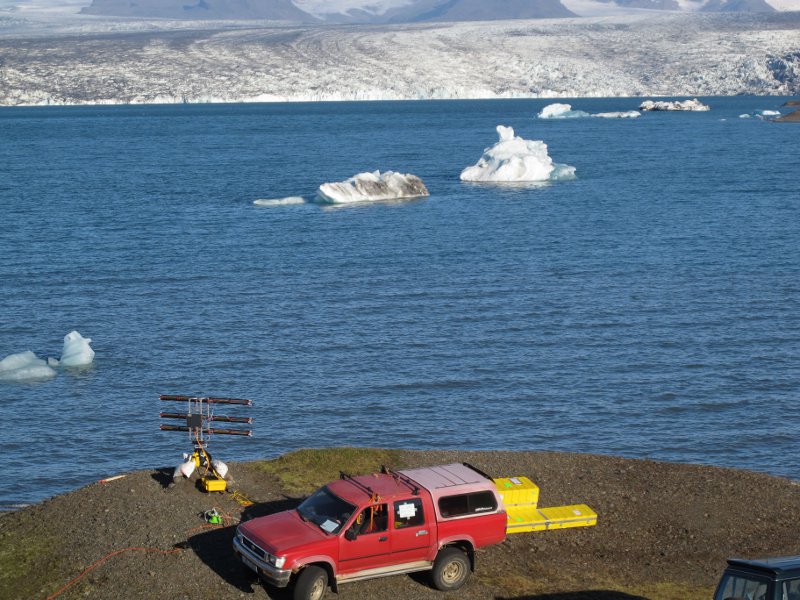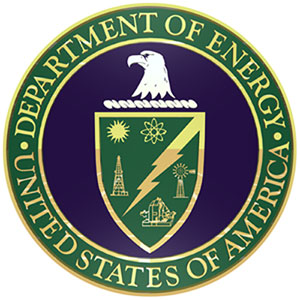
Figure: USF's School of Geosciences and the Geodesy lab operate a ground-based interferometric radar that operates at Ku-band (1.7 cm wavelength). The system is being used to study landslides, volcano flank stability, and the motion of glaciers. It was recently tested at Jokulsarlon, Iceland. Breidamerkuljokull, one of the main outlet glaciers for Vatnajokull, Icelandís largest glacier, is in the background, flowing towards the instrument and calving icebergs into the lagoon.



